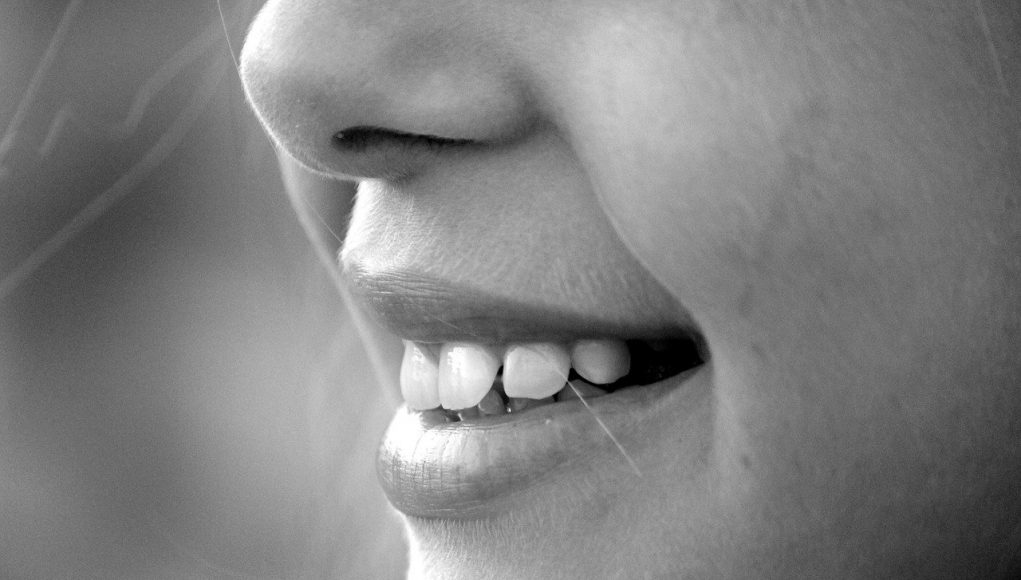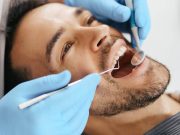“We warn our patients who are smokers that smoking is the leading cause of oral cancer and strongly advise them to quit smoking. For those who cannot or do not want to quit smoking by themselves or with currently approved methods, we convince them to switch to non-combustible alternatives,” said Fernando Fernandez, president of the Philippine College of Oral and Maxillofacial Surgeons (PCOMS) during the Scientific Conversations on Tobacco Harm Reduction, recently held in Taguig City.
Fernandez, who is the former president of the Philippine Dental Association, said that encouraging patients to switch to the safer alternatives is a better strategy “than watching our patients who smoke die of oral cancer.” He went on to cite studies by Public Health England and the UK Parliament Science and Technology in the UK indicating that vaping “opportunity to significantly accelerate already declining smoking rates.”
“One of the advocacies of Pcoms is to promote awareness on oral cancer among Filipino dentists. The dentist is the first line of defense against oral cancer. He or she will almost always be the first healthcare professional to notice potentially cancerous lesions in the patient’s mouth and other early symptoms of oral cancer,” said Fernandez, adding, “I call on my fellow Filipino dentists to promote awareness on oral cancer and to educate their patients who are smokers about tobacco harm reduction in order to prevent or lower their risk for oral cancer.”
Switching from smoking to vaping improves oral health
Carried out at the Unit of Periodontology and Oral Hygiene of Calabrodental Clinic in Crotone Italy, and published in NCBI, this clinical observational study had analyzed the oral health of 110 smokers who had just switched to vaping.
At the start of the study, 61% in group 1 and 65% in group 2, experienced gum bleeding, when re-examined at the end of the study, 92% and 98% respectively, experienced no bleeding.
The oral examinations were conducted at the start of the study, then after 60 days and also after 120 days from the initial examination. Additionally these new vapers were divided in two different categories, those who had smoked for less than 10 years (group 1), and those who had smoked for longer than 10 years (group 2).
When examined at the start of the study, 85% of group 1 had a plaque index score of 1 out of 3, with only 15 of them having no plaque at all. For group 2, three-quarters of the participants had a plaque index of 2 and none of them had a 0 plaque score. When examined again at the end of the study, 92% of group 1 and 87% of group 2, boasted plaque scores of 0.
With regards to gum bleeding, at the start of the study, 61% of participants in group 1 and 65% of those in group 2, experienced bleeding when poked with a probe. Subsequently, when re-examined at the end of the study, 92% of those in group 1 and a total of 98% of the participants in group 2, experienced no bleeding when probed.
“In the light of this pilot study, the e-cigarette can be considered as a valuable alternative to tobacco cigarettes, but with a positive impact on periodontal and general health status,” concluded the researchers.
Read Further: The Manila Times












